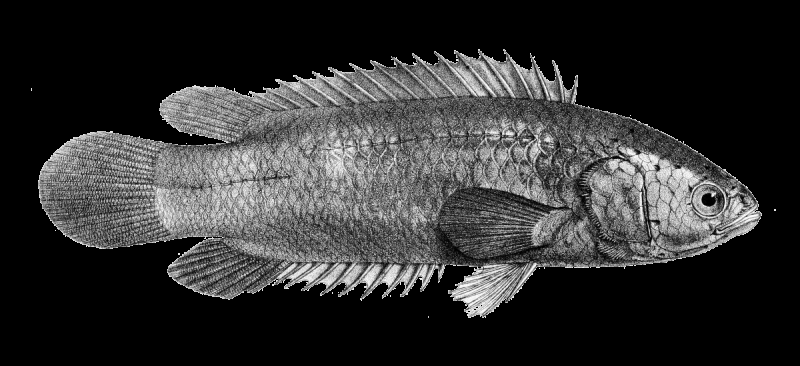June 5, 2015 report
Crawling, breathing fish on a course to invade Australia

Australian marine biologists are worried that a species of perch native to Southeast Asia (the climbing perch, aka Anabas testudineus), will soon make its way onto the Australian mainland in the near future, putting native species of other fish and some birds at risk.
Over the past forty years, the fish has slowly made its way to Indonesia, and then Papua New Guinea—more recently some have been spotted on two Australian islands, the Torres Strait islands of Boigu and Saibai, just 160K from the Australian mainland. Marine biologists are worried that the fish will take over habitat now being occupied by other species because it has so many survival capabilities. The fish can crawl on land using its sharp, spiny, gill covers, breathe air with its mammal-like lungs, and has been seen able to survive up to six days without any water at all. It also has been seen to puff itself up somehow after being swallowed by other fish or birds, sticking in the throat and causing either starvation or suffocation.
As if all that were not enough, researchers have also found instances of the freshwater fish being able to live in near sea level saltwater, and, it has been discovered that the fish can hibernate in mud for up to six months. All these attributes make it relatively easy for the fish to survive in practically any environment, and that is what it has been doing as it has slowly moved south, overwhelming native fish populations. Marine biologist are worried that if the fish makes it to the mainland, it will make its way into watering holes and other waterways, simply by crawling to them and causing what some have described as a major disaster for native fish, turtles and birds.
Despite its superfish characteristics, the fish cannot swim to Australia—to get there it will likely have to hitch a ride on the bottom of a boat or be tossed overboard by fishermen. For that reason, environmentalists are giving fishermen and boaters information about the fish and are being encouraged to help prevent its spread to Australian shores. Meanwhile, biologists are capturing specimens and studying them in a lab to learn more about both their strengths and weaknesses, hoping to find a way to either prevent them from coming to the mainland, or to eradicate them if they succeed.
© 2015 Phys.org





















